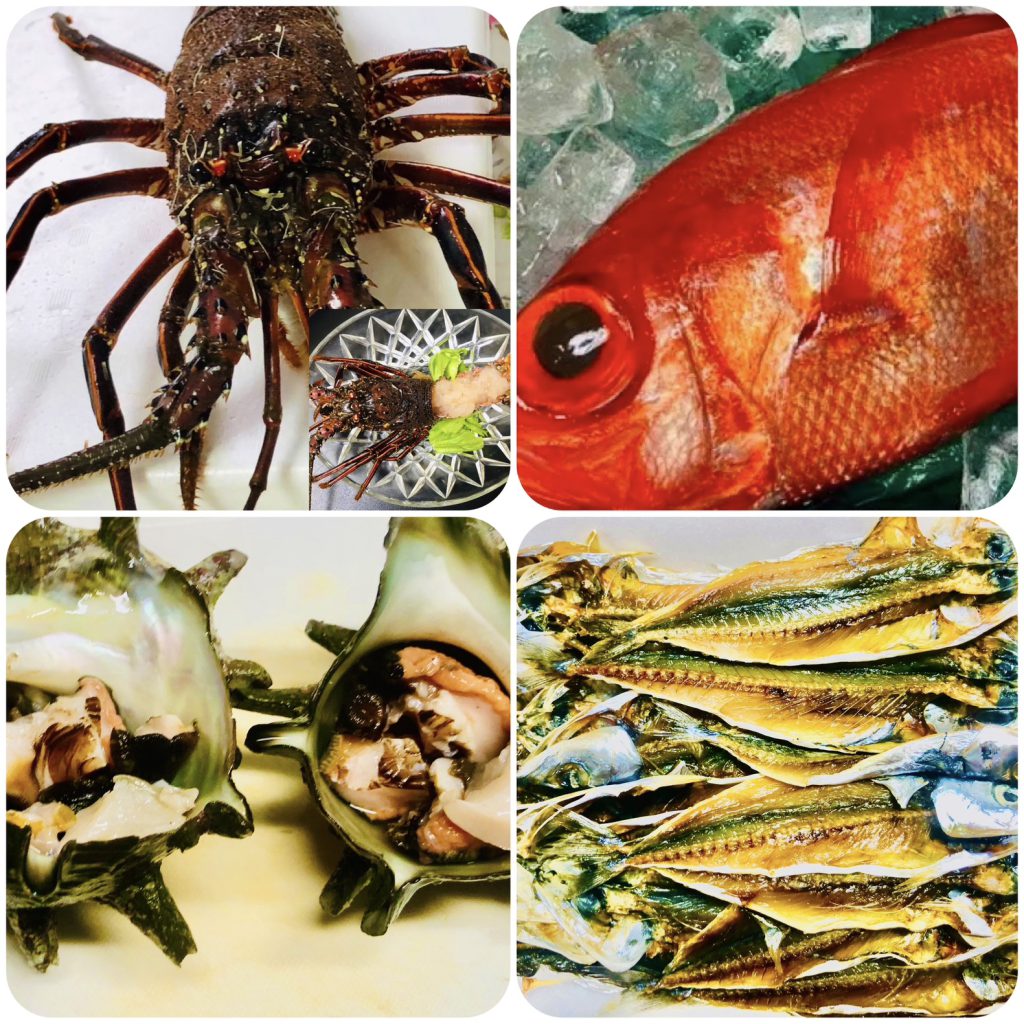
Today 10/23 is “Soukou” day. Or rather, the first day of the Soukou. In the lunar calendar, the year was divided into 24 divisions, each of which was named 24 solar terms. “Soukou” is the 18th solar term counting from “Risshun” and refers to the 14 days until “Rittou ” (November 6). The cold north wind that blows during this period is called “Kogarashi”, and according to the calendar, it is the forerunner of winter. It’s time to miss nabemono (a dish cooked in an earthen pot at the table usually by the diners themselves). Seafood is synonymous with nabemono. Surrounded by the sea on all sides, Japan has been blessed with seafood. “Washoku”, which is represented by sushi and seafood dishes, is now experiencing a boom not only in Japan, but all over the world. Since the latter half of the 1970s, healthy eating habits and natural foods have been booming mainly in the United States, and Japanese food culture has become very popular as it is healthy and natural. Recently, it has become popular in Europe and other Southeast Asian countries, which have increased their economic power.
今日10/23は『霜降』の日です。と言うよりも、もっと正確には霜降の期間の最初の日ということです。旧暦では、1年を24区分してそれぞれに名前を付けて24節気としました。『霜降』は『立春』から数えて18番目の節気で、『立冬』(11/6)までの14日間を指します。この期間に吹く寒い北風を「木枯らし」と言い、暦的にはもう冬の先駆けと言う事になります。鍋物が恋しくなる頃です。鍋物と言えば海鮮料理。四方を海に囲まれた日本は海の幸に恵まれてきました。今やSushiや海鮮料理に代表される『和食』は日本だけにとどまらず、世界にブームを湧き起こしています。1970年代後半から、アメリカを中心に健康的な食生活や自然食がブームとなり、その中で日本の食文化がヘルシーで自然ということで非常に人気が高まりました。最近はヨーロッパをはじめ、経済力を増してきた東南アジア諸国でも人気が高く、コロナ禍の規制緩和もあって、来日する外国人観光客のニュースがテレビで連日放映されています。
